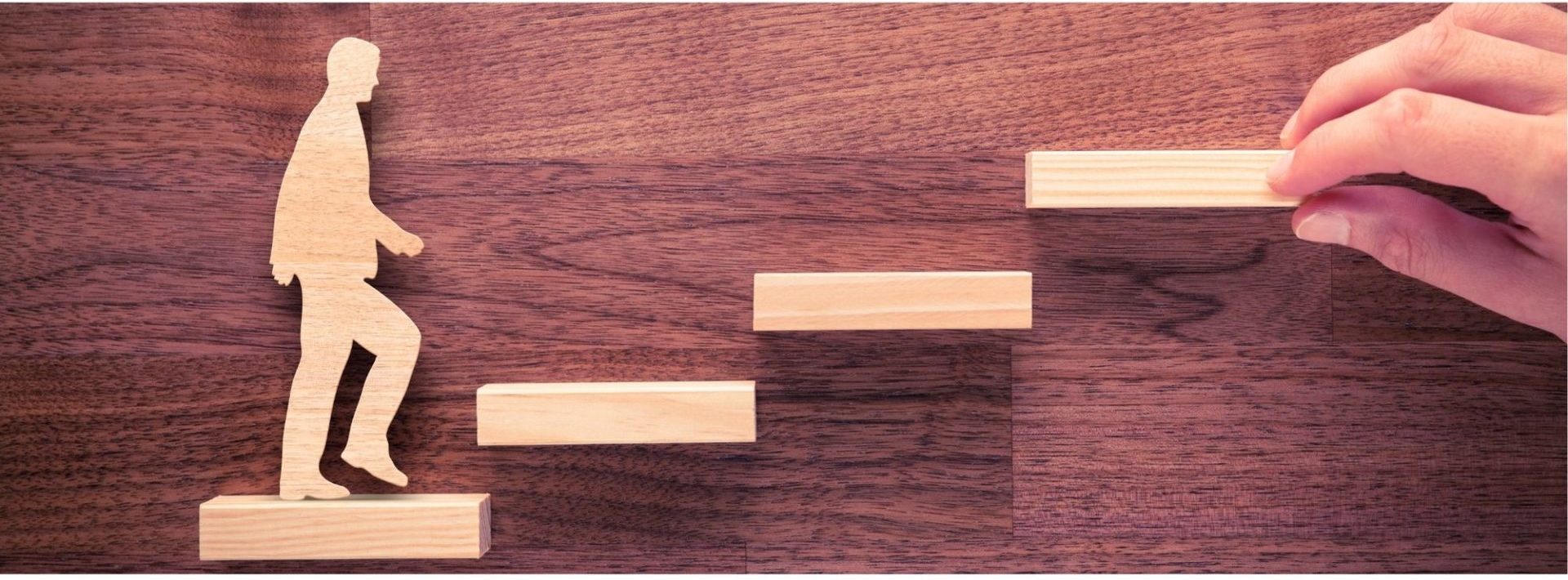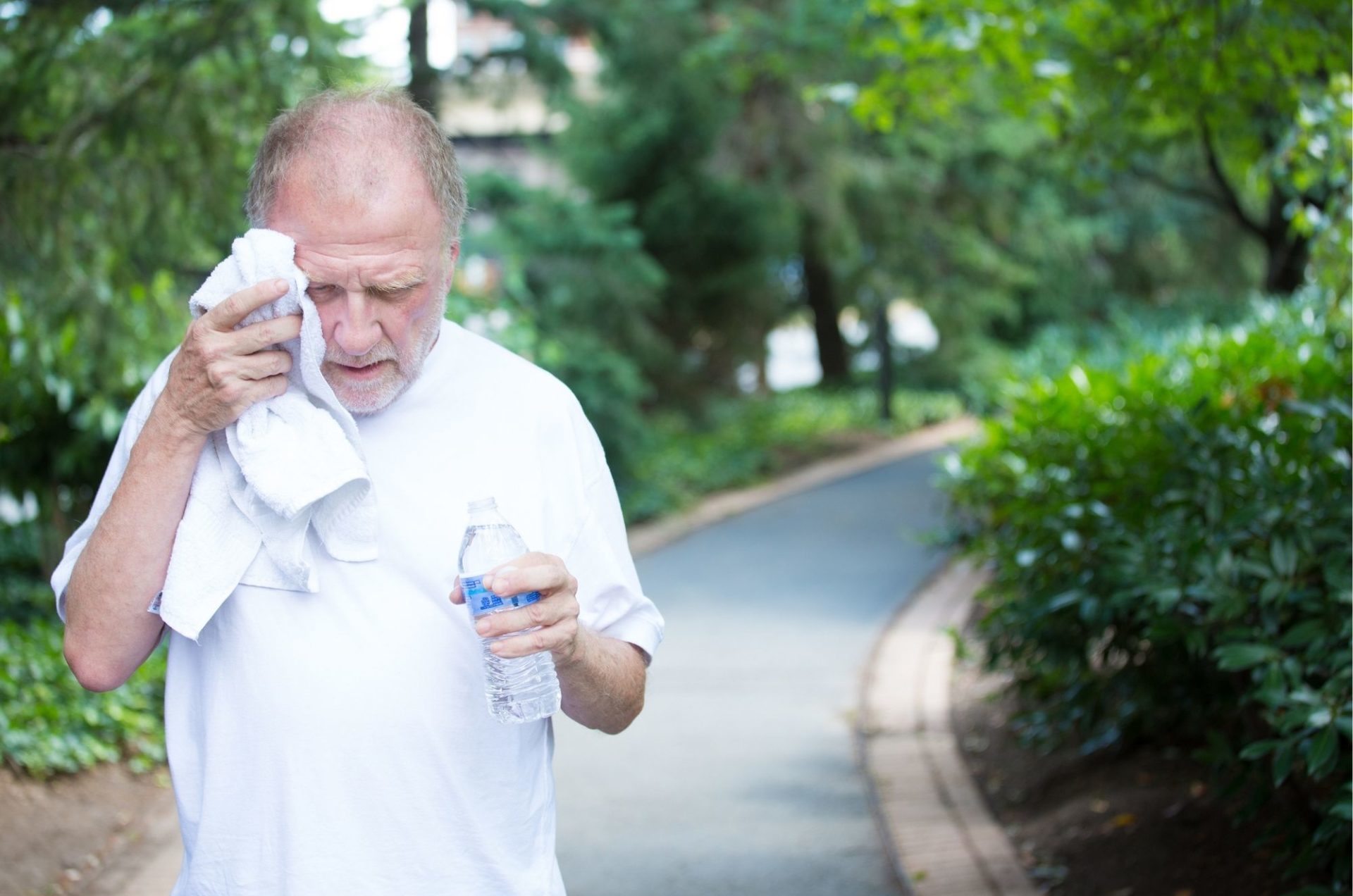Often it’s the case that getting started is the most difficult part.
You don’t need equipment or gym memberships, there’s so many things you can do with body weight or household items. Even something simple like walking around the block is a great place to start and build from. Don’t get put off by the guidelines of achieving 210mins of physical activity; instead you can use this as a long term goal to work towards.
Things to consider before you start
blood glucose levels
- It is recommended blood glucose levels are checked before, during (dependent on levels) and after exercise.
- Stress can also influence blood glucose levels as it causes the body to release cortisol (stress hormone), which lowers insulin action and results in elevates blood glucose levels despite dietary intake.
medication
- It’s important to consider the timing of meals and medication around exercise.
- For those using insulin, avoid injecting into exercising limbs prior to exercise.
- Exercise is not recommend during peak insulin action or <2hr of insulin injection.
- If taking insulin, you may be at risk of post exercise hypoglycaemia so it is important to discuss post-exercise dietary options with a Dietitian.
temperature & hydration
- Due to thermoregulation impairment, consider exercise in a cool or climate controlled environment
- Dress appropriately for weather conditions to reduce risk of further health complications.
- Drink extra fluid before, during (only if prolonged exercise) and after exercise to avoid dehydration. It is recommended ~250 ml every 15-20 minutes.
Timing
- It is not recommended to exercise directly before going to bed as there is a risk of nocturnal hypoglycaemia.
- Scheduling similar timing of exercise into your daily routine is beneficial for greatest behaviour change and consistency.
Tips from an Exercise Physiologist
Planning
Starting exercise may require a bit of planning, particularly around the timing of your medication, food and water intake in relation to physical activity. Think about where you’ll be and what you need to do following exercise so that you’re always prepared and can respond to any BGL changes.
BGL Monitor
If you’ve recently been diagnosed with Diabetes or are new to exercise, it’s definitely a good idea to get a BGL monitor. It is recommended you should check your BGLs before, during and after exercise to ensure you are in safe ranges. This will also help you to understand the way your body responds to different types and intensities of exercise.

Steady Progress
Focus on progress, not perfection. Set small, achievable goals and don’t forget to celebrate your progress. It takes time and persistence to form a habit and progress is rarely linear, so be prepared for a few hurdles and set backs along the way. Having a health professional, friend or family member to check in and keep you accountable can also be helpful. Most importantly, be kind to yourself!
Motivation
- Make it social – invite friends to go for a walk before coffee or swap the movies for something like bowling or golf.
- Find activities you enjoy, whether it’s dancing, gardening or social sport you’ll be increasing your Physical Activity while having fun!
- Get outdoors! Not only are there lots parks and tracks to explore, but the fresh air will add to the endorphins and have you feeling great!
See an Exercise Physiologist
An Accredited Exercise Physiologist understands the physiological changes of Diabetes and can apply their expert knowledge to design an individualised exercise program that considers comorbidities and Diabetes specific complications. They are also great motivators and can help you enjoy physical activity even if you never thought it would be possible.
Read more about the of the Benefits of seeing an EP for Diabetes Management or check out Bodytrack’s Type 2 Diabetes Group program.

